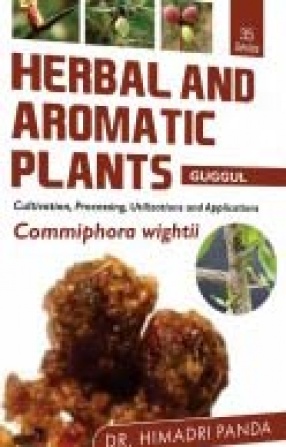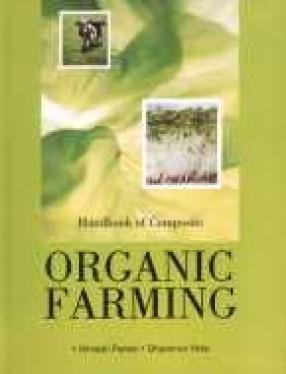Herbal and Aromatic Plants: Commiphora Wightii: Guggul
The name Commiphora originates from the Greek words kommi (meaning ‘gum’) and phero (meaning ‘to bear’). The majority of the species yield a fragrant oleo-gum-resin following damage to the bark. Commiphora has shown to dominate over 1.6 million km2 of Acacia-Commiphora woodland in (sub-) tropical East Africa. Of the more than 200 species of Commiphora native to the seasonally dry tropics of Africa, Arabia and India, about 40 species occur in southern Africa.
In Arabic and Hebrew the word murr means ‘bitter’. Myrrh is an aromatic oleo-gum-resin of pale yellow colour, changing to dark red upon hardening.
The use of plants in organised traditional medicine has been demonstrated in systems such as Ayurveda, Unani, Kampo and traditional Chinese medicine, all of which are still widely used and may play an important role in the search for novel medicines. Ayurveda and traditional Chinese medicine remain the most ancient, yet living, traditions, and both these systems focus on the patient rather than the disease. Many successes (of botanical reference) have come from Chinese medicine, most notably quinghaosu and artemisin; and considerable research on the pharmacognosy, chemistry, pharmacology and clinical therapeutics have been conducted on ayurvedic medicinal plants.
Get it now and save 10%
BECOME A MEMBER











Bibliographic information